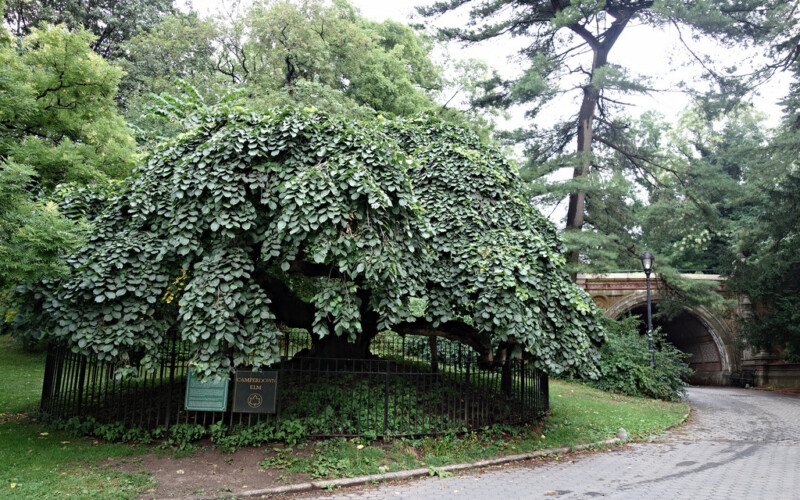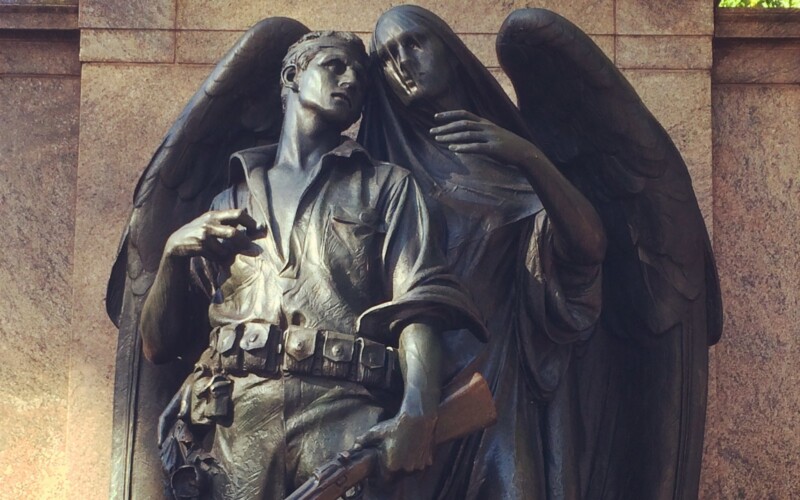We have experience hosting a range of audiences, from college classes to birthday parties to company outings, and we customize our tours to meet your group’s interests and needs.
Book a private tour today
Celebrate Earth Day with some of New York City’s oldest and most beautiful trees. Six years ago, writer Allison C. Meier set out to visit and learn about each of NYC …
Read more

War has played an integral part in the history of Prospect Park. In August 1776, the future site of the Park was a battleground, as American troops tried to stop the British …
Read more
